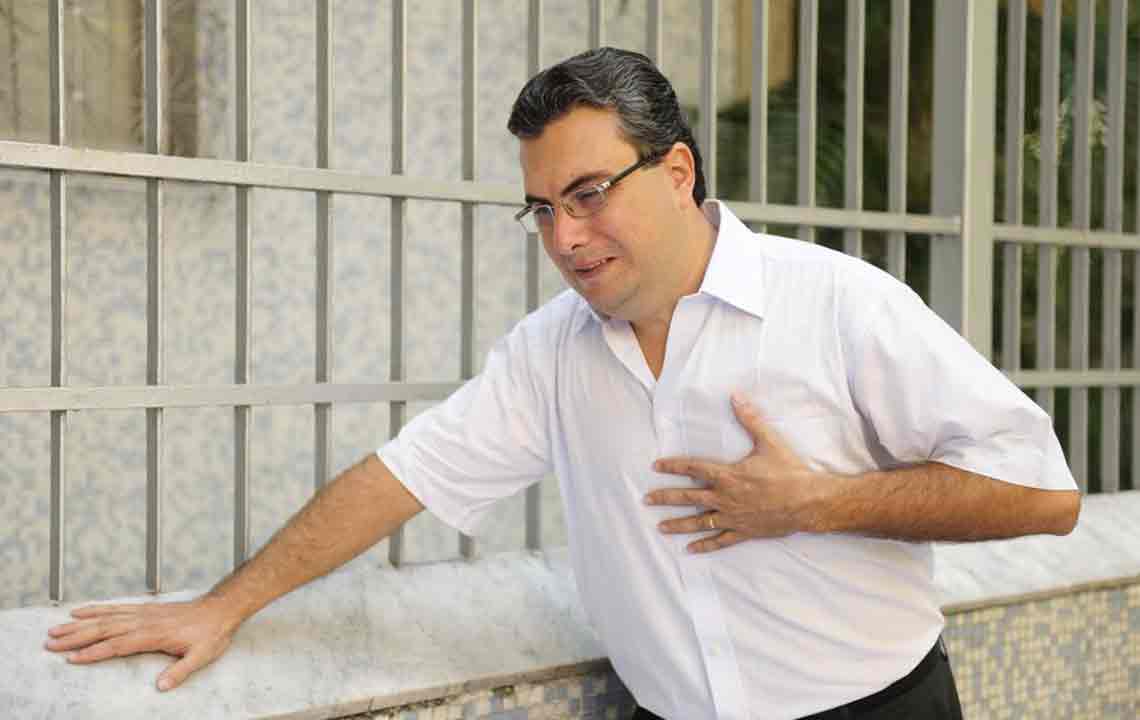Different Symptoms of Mini Stroke
A stroke occurs when the blood supply to the brain is blocked. The symptoms are dependent on which part of the brain is affected by the loss of blood supply. This can also lead to certain disabilities. When one is referring to a mini-stroke, what they mean is Transient Ischemic Attack or TIA. It occurs when there is temporary cut-off of blood supply to the brain. This causes similar symptoms as a stroke, but generally the patient recovers within 24 hours. It also doesn’t affect the brain cells and does not cause permanent disability like a stroke. Most of the times people having minor strokes don’t recognize the symptoms, and many fail to seek timely treatment.

What are the TIA or mini-stroke symptoms?
Though it may be difficult to identify the mini-stroke symptoms, there are few symptoms that are indicative of mini-stroke or TIA.
The most common mini-stroke symptoms are:
Vision changes: At times, due to a mini-stroke, a visual disturbance known as transient monocular blindness (TMB) can occur. In this kind of blindness, a person can lose vision in one eye for a certain period temporarily.
Dysphasia: This is a phase where the people find it hard to talk. There might be a sudden trouble of speaking or understanding. The patient goes into a confused state where the necessity of comprehending actions or words goes beyond their control.
Dizziness: Mini stroke patients can suddenly feel dizziness or loss of balance. Sudden bouts of feeling unbalanced or lightheadedness and wooziness are some of the mini-stroke symptoms. At times due to dizziness, a person can even faint.
Face drooping: Though this is considered as a symptom of stroke, patients experiencing mini stroke can suffer from face drooping. One side of the face may also be numb, and the smile may appear uneven.
Confusion: People suffering from a mini-stroke can tend to stay confused for quite some moments, where they are unable to think clearly. Feeling disoriented or have a hard time focusing is just a part of it. It is defined as the loss ability to perform everyday functions. It also affects judgment and behavior.
Weakness: TIA can lead to weakness or numbness on just one side of the body face, arms, or legs. This is determined by the location of the blood clot in the brain. Ask the person to raise their arms to check if they are having a stroke. One arm drifting downward is a sign of one-sided arm weakness. It’s to be treated as a warning sign for a mini-stroke.
There are other mini-stroke symptoms, which might include one or a combination of the following:
- Lack of consciousness
- An abnormal sense of taste
- An abnormal sense of smell
- Tingling
- Passing out
Mini stroke symptoms usually last only a few minutes but may go on for up to 24 hours. Since the immediate signs and symptoms of TIA and stroke are identical, it’s important to seek medical attention. Often, the mini-stroke symptoms are gone by the time one takes the patient to the doctor. The symptoms might not be present while the doctor evaluates the patient, so it’s necessary to describe the event, remembering small details, after the symptoms have disappeared.
Symptoms that come on suddenly and without warning could signify a stroke. It’s therefore important to act quickly and seek medical attention immediately. Various diagnostic tests, such as a magnetic resonance imaging (MRI) scan or a computerized tomography (CT) scan can help to determine the causes of TIA and the location of clots if any. Depending on the underlying cause, doctors would prescribe medication to prevent blood clots or procedure thta will help in removing fatty deposits from the arteries that supply blood to the brain.
Risk factors for mini-stroke/stroke
High blood pressure: High BP can damage the inner walls of the arteries by creating plaques that can rupture and lead to blood clots in the arteries. This could easily lead to a ministroke followed by a stroke. Keeping track of the blood pressure on a daily routine can help control it.
High cholesterol: Low-density lipoproteins (LDL), also known as bad cholesterol, can build up in the arteries and lead to stroke or even a heart attack. High cholesterol is lethal when HDL cholesterol levels are abnormally low, and LDL cholesterol levels are much higher than normal. Control on the type of food intake and having a diet less in cholesterol helps keep the LDL in control.
Other risk factors responsible for mini-stroke are smoking, obesity, diabetes, and atrial fibrillation.

